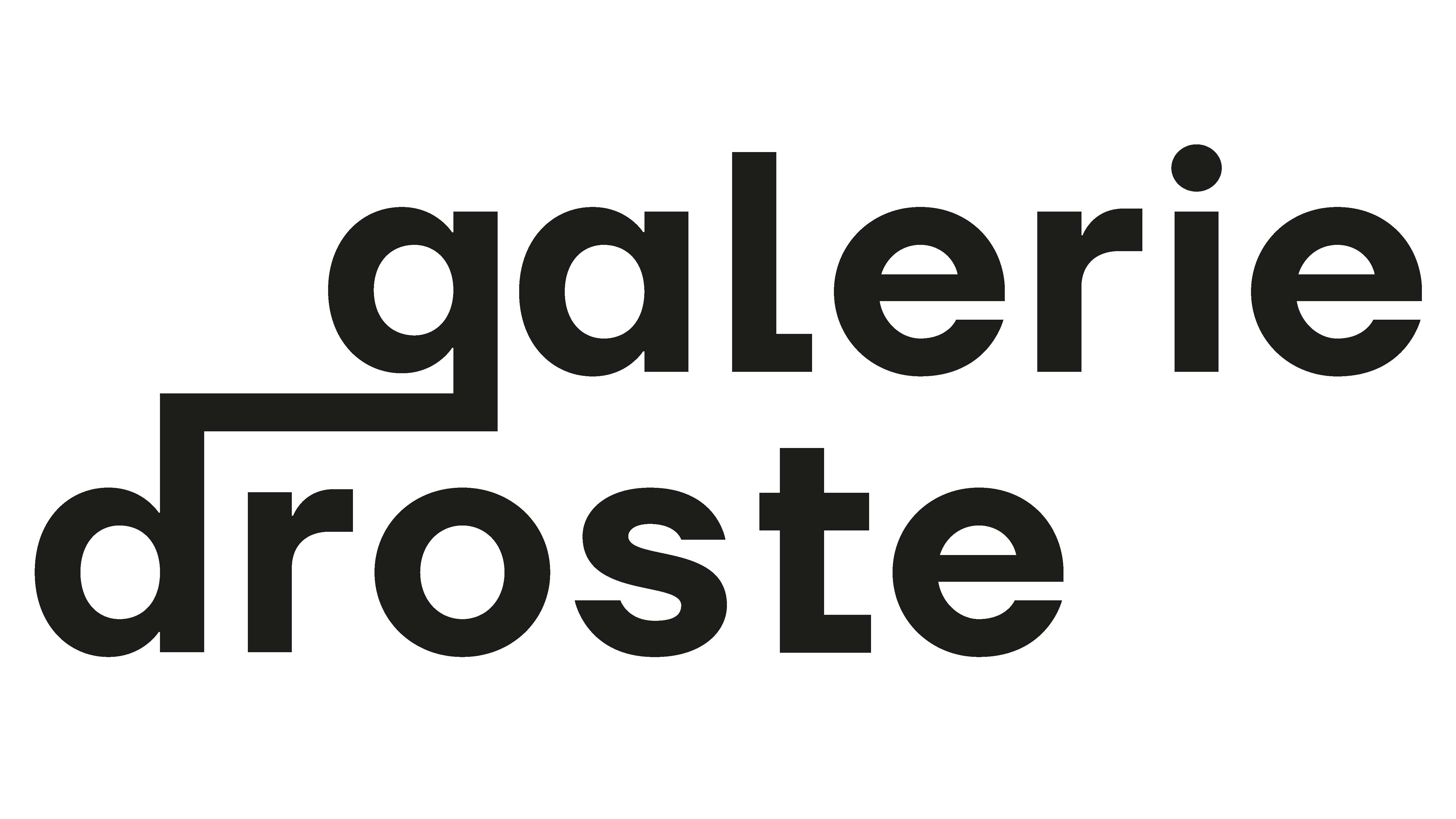In his exhibition THE GAME SHOW, American artist Brian Robertson focusses on the rules we live by: "I'm always trying to find the hidden drivers of everything and the more I look, the more I find rational explanations, often biological in nature. We are just animals after all and nature programs us for fitness in the game of our environment."
The artist depicts several ‚players‘ and a number of ‚game boards‘ supplemented by game pieces as tokens and pawns, yet void of any personal reference. All that remains are artifacts of the game. The remaining, gutted figures seem both to be driven by individual desires and society’s expectations. While games aim to unite a group, we as a species often enough try to separate ourselves from others and define them only by prejudice. Rather than trying to find common ground, this exhibition reflects on stereotypes expressed in categories such as religion, race, social class, and so on: Robertson condenses societal complexity to visual haikus.
The artist began the work by choosing a specific garment for each character and worked to create the character based on this very structured approach. This is a very consistent way of addressing this theme, as clothing has played a recurring role in societies throughout history, reflecting the rank and wealth of the wearer. Think of the colors reserved for the crown or clergy, Asian cultures incorporating their family history into their clothing, or contemporary luxury fashion - exclusivity and distinction always play an important role in the perception of clothing. Robertson's use of fabrics and garments confirms the proverb "clothes make the man" for this show.
Nuances run like a thread through the artist’s oeuvre. They are evident in the texturing of the depth of his paintings, in his use of color gradients from black to white, and in his character creations. In the works on view, it is often the details that emphasize characterization. For example, in his work "Wild Card (Pillar of Science)," symbols of classicism such as a Doric column or a small Icarus contrast with the hubris of science represented by Frankenstein's monster and the exploding pot. These details invite us to look closer and reflect on the opposing views of scientific progress.
In his second solo exhibition with Galerie Droste, Robertson assumes the role of devil's advocate as he portrays human interaction as played or as a game with others. Consequently, the characters are in a sense dehumanized - there are no real faces to express emotions, nor do the characters have real heads with which to think. The only things that remain are the clichés of play, winning and losing, hubris and downfall. In each tableau, the viewer finds a variation of these "states of play" and is forced to interpret them without any clear clues. In this way, Brian Robertson creates a parody of self-reflection: the viewer reveals much of himself as he attempts to decipher the insignia of social differentiation and stratification.
Brian Robertson (b. 1978, Albuquerque, NM) received his BFA from Rocky Mountain College of Art and Design. He lives and works in Los Angeles.

